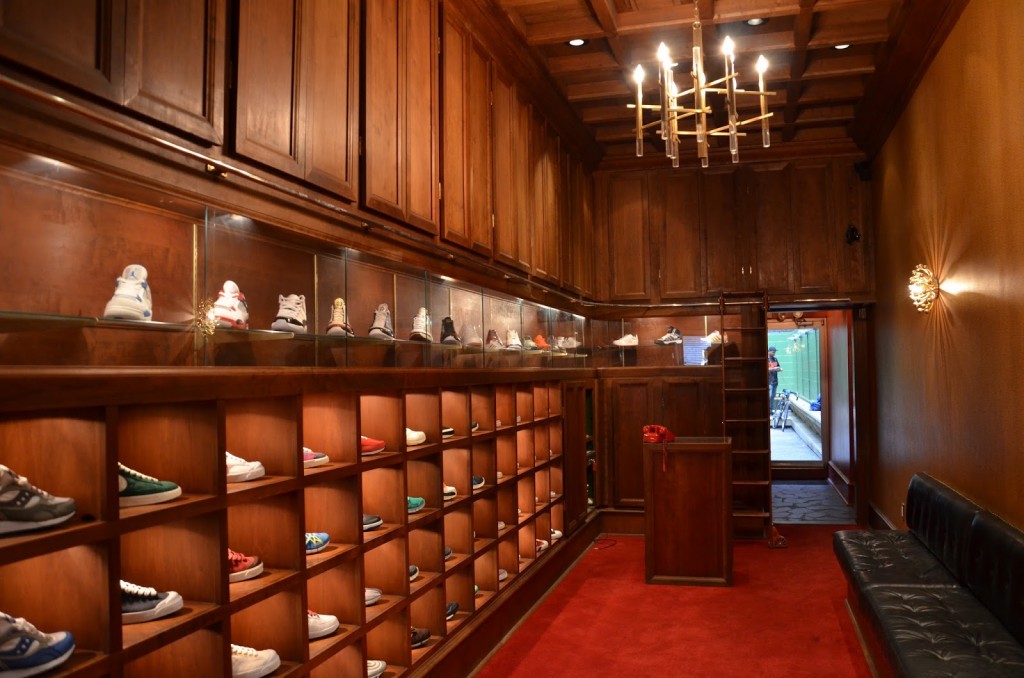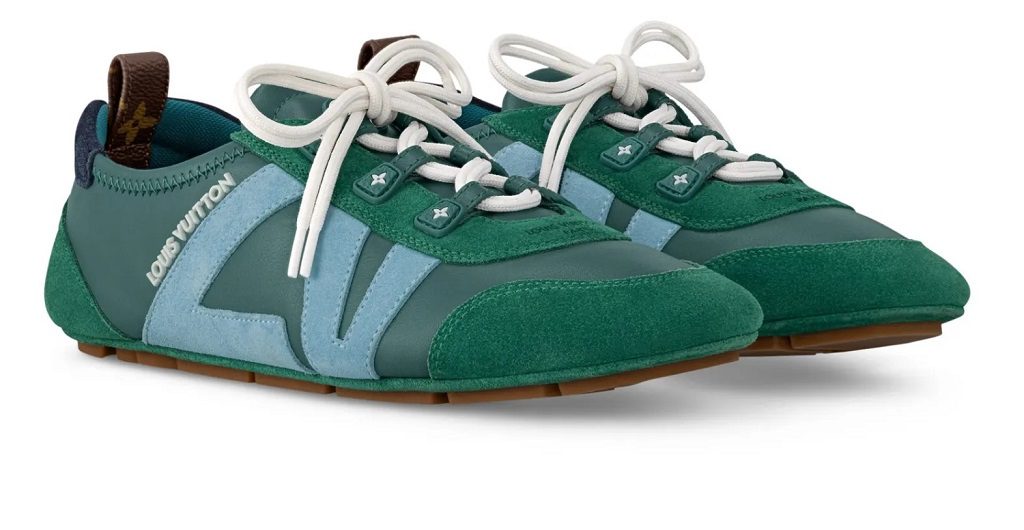The relationship between and streetwear and high fashion was covered in a timely Business of Fashion article by Rebecca May Johnson, titled “Will High Fashion’s Love Affair With Streetwear Last?” The article looks at streetwear’s beginnings as an underground movement, as well as its current influence on menswear. It also debates whether some menswear brands are accurately labeled as streetwear and in doing so opens the door to discussion of the word streetwear, it’s meaning and historical significance in fashion.
“As streetwear sheds its underground status, tapped by major luxury department stores and splashed across tabloids on the backs of celebrities, will fashion soon tire of the love affair? Is the crossover a fleeting trend? Or does luxury streetwear’s ascendance signal a more enduring shift in the way people are dressing?”
Opinions on the how to describe up-and-coming brands like Public School, Hood by Air and Off White vary with some like Complex‘s fashion editor Matthew Henson describing them as deserving of an altogether new label, which he deems”luxury sportswear,” and adds “[it’s] reflective of an overall shift in the way men approach the way they dress and how they shop. It’s more than just a passing trend.”
Push back on the descriptive streetwear is a common theme throughout the article with Charlie Porter, the men’s fashion critic for The Financial Times going so far as to describe the term as an insult. “The industry needs to stop calling these clothes ‘streetwear.’ It’s not: it’s fashion. It’s demeaning to the designers who make it, and the customers who buy it,” says Porter.
Given it implies a limitation or box, it’s understandable for designers to reflexively be turned off by a single adjective description like streetwear, however, its rejection as a term of import and influence by fashion critics has different connotations.
In the ’90s, upstart brands like FUBU, Phatfarm and Rocawear whose fashion was inspired by the fashion choices of poor and working class black youth in major U.S. cities launched a category that came to be termed urban fashion, a trend that received a rocket fuel level of boost from rap music’s meteoric rise in popularity that expanded the look from one that was strictly local to one with worldwide appeal. As with streetwear now, major fashion brands embraced the look but then went on to reject it when the category became too mainstream, crossing over from cities to suburbs, eventually crashing in the early ’00s.
Out of the ashes of urban arose the streetwear movement, which was as much inspired by city sneaker culture, a movement that first blossomed in the ’80s, epitomized by Queens rap group Run DMC’s embrace of Adidas’s iconic Superstar that included the single “My Adidas.” In its nascent phases streetwear didn’t have a name and was more just a global community of loosely cobbled together sneaker boutiques like New York’s Alife (shown in image above). Most of them eventually would launch their own brands or carry the tee-shirt and cap lines of friends’ brands that were as much punkish push back on the power and influence of multi-national-brands as they were a reflection of the arrival of gentrification as a city trend.
Included in the rise to power of streetwear was emergence of blogs like Hypebeast and others, which pioneered the online media coverage of the menswear space and whose look, feel and style of reporting greatly influenced a long list of traditional fashion media sites, most of which were slow to embrace online formats. Out of streetwear also arose news ideas around brand collaboration and retailing and taken as a whole, the streetwear movement can be viewed as a trend-setting leader in brick and mortar merchandising, marketing, online retailing, product design and fashion media coverage.
Given the heft of history, it’s easy to conclude without urban, sneaker culture and now streetwear that there is no Public School or Hood by Air or Off White or any sort of modern day menswear movement for that matter. And while the brands themselves understandable may not want to be confined by a singular description, it’s highly likely they all would agree that their brands are rooted in and informed by not just streetwear but all black city youth fashion movements.
As such, it’s off putting that fashion critics not just in this article but in general are dismissive of streetwear or in some cases have even expressed disgust when its influence shows up in the collections of fashion powerhouses like Chanel and Givenchy.
The Metropolitan Museum of Art in 2013 themed its famous fashion gala entirely around punk, a music movement whose emergence and story line is similar to that of rap music. Nowadays, the word punk commonly is used to describe fashion influence on collections and is done in a way that speaks to the music movement and the fashion trends that sprung from it as one worthy of respect.
As of yet, there has been no major fashion exhibit that has paid tribute to urban fashion or streetwear in the same way. Rather critics often speak of urban looks with disdain or ones that high fashion brands need to keep their distance from if they wish to be taken seriously or want to experience longevity.
The fashion industry as epitomized by its own runways (though more accurately expressed by the dominance of whiteness at the executive level) has long been criticized for its struggles with racism. While it’s common for the fashion world to grow bored with trends and movements and want to move forward, that is not a good enough reason to dismiss streetwear not only as passe but as something somehow beneath the caliber of a so-called legit fashion brand.
The movement still has legs, it’s still spawning new ideas that are informing much better capitalized retailers and brands. If anything, fashion should be honoring its rich history or at the very least have the wisdom to credit it for its critical role in the influence of not just modern menswear but all of fashion.











